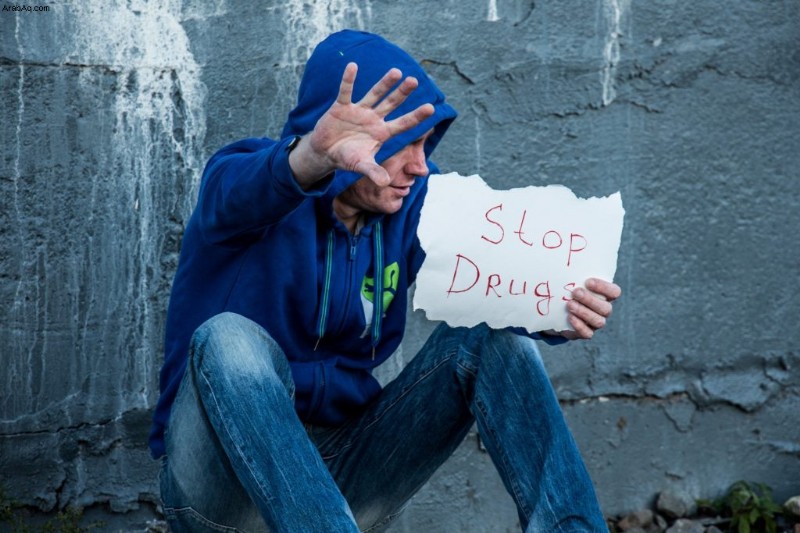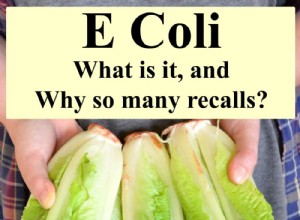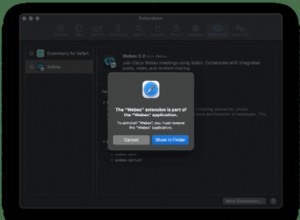
أفضل طريقة للوقاية من إدمان المخدرات والجرعات الزائدة هي منع الناس من تعاطي المخدرات في المقام الأول. إذا لم يبدأوا ، فلن يواجهوا مشكلة ". - الرئيس دونالد جيه ترامب.
في عام 2016 ، كان أكثر من مليوني مواطن أمريكي مدمنين على الوصفات الطبية أو المواد الأفيونية غير القانونية ووفقًا لمركز السيطرة على الأمراض والوقاية منها ، كان المتوسط الوطني لوفيات المواد الأفيونية في عام 2015 هو 10.4 لكل 100000 [1].
حالة طوارئ صحية عامة
أزمة المواد الأفيونية هي بلا شك حالة طوارئ صحية عامة. في 27 أكتوبر / تشرين الأول ، كلف الرئيس دونالد ترامب إدارته بربط أزمة إدمان المخدرات والمواد الأفيونية بإعلانها حالة طوارئ صحية عامة.
من خلال معاقبة هذه الحالة ، فإنه يسمح بالوصول الموسع إلى الأمريكيين من خلال خدمات التطبيب عن بعد ، ووصف الأدوية عن بعد والتي عادة ما تكون مخصصة لتعاطي المخدرات أو علاج الصحة العقلية.
من خلال هذا الإجراء ، فإنه يسمح لوزارة الصحة والخدمات البشرية لتكون قادرة على توظيف الموظفين بسرعة أكبر أو تحديد مواعيد مؤقتة للمتخصصين في حالة الإدمان لتكون قادرة على الاستجابة لهذه الأزمة بشكل فعال.
من خلال تنشيط الرئيس ترامب للموارد ، فإنه يسمح أيضًا لوزارة العمل بزيادة المنح المقدمة للعمال الذين نزحوا بسبب أزمة المواد الأفيونية وتحويل الموارد إلى برامج فيروس نقص المناعة البشرية / الإيدز لمساعدة الأفراد الذين يتلقون علاجًا من تعاطي المخدرات بين السكان.
يأتي هذا المرسوم في أعقاب لجنة الرئيس المنشأة لمكافحة الإدمان على المخدرات وأزمة المواد الأفيونية في مارس من هذا العام والتي تتمثل مهمتها في "دراسة نطاق وفعالية الاستجابة الفيدرالية لإدمان المخدرات وأزمة المواد الأفيونية وتقديم توصيات إلى الرئيس لتحسين تلك الاستجابة " [1].
محاربة أزمة المواد الأفيونية
تم تخصيص أكثر من مليار دولار من التمويل وإنفاقه لمعالجة أزمة المخدرات والمواد الأفيونية منذ تولي ترامب منصبه.
ألقى الرئيس ترامب خطابًا يوم الخميس 26 أكتوبر 2017 حول أزمة تعاطي المخدرات والإدمان والوفيات بجرعات زائدة من المخدرات.
وذكر أن "الوباء هو حالة طوارئ صحية وطنية ، على عكس الكثير منا رأيناه وما رأيناه في حياتنا ... كأميركيين ، لا يمكننا السماح باستمرار هذا" [2].
 President Trump directed all executive agencies to use ‘every appropriate emergency authority’ to fight the opioid crisis.
President Trump directed all executive agencies to use ‘every appropriate emergency authority’ to fight the opioid crisis.
He announced a new policy that prevents States from providing care at specific treatment facilities that treat drug addiction.
He also went on to say that he is waiting for results from his Presidential Commission on this crisis to give relevant information to develop next steps to attack the addiction crisis.
He gave credit in his speech to the Center for Disease Control and Prevention for its new prescription awareness campaign to address dangers of opioid abuse.
He went on to acknowledge CVS Caremark for limiting first-time opioid prescriptions to 7-day supplies, and the FDA’s requirement of drug companies that manufacture prescription opioids to provide more training to prescribers to help prevent drug abuse [2].
President Trump also announced that there are further monitoring and inspection of packages entering the United States by the U.S. Postal Service and Department of Homeland Security to try to stop the shipment of fentanyl, which is a synthetic opioid and is 50 times more potent than heroin [2].
The president also hinted at the support of non-addictive painkillers but did not expand on his thoughts regarding this. He also reported that his Administration would be spending ‘lots of money’ on the solution to the opioid crisis.
He seemed to connect during his speech to the importance of education and prevention for the youth, hoping to stop the start of drug use and experimentation.
In his address, President Trump briefly talked about the U.S.-South American wall that he reports will stop a majority of drugs entering in our country. He reiterated that the White House Administration is dedicated to enforcing immigration laws, defending maritime security, and border patrols.
Drug overdose deaths, in general, are on the rise due to opioid-involved deaths within the U.S. Approximately 6 out of 10 deaths involve an opioid [3].
The number of prescription opioids that are sold to medical facilities has quadrupled within the past 30 years. This is a national crisis that affects all of our communities.
Through President Trump’s decree of a Public Health Crisis, the crisis was declared under the Public Health Services Act [4].
 This act known as the Stafford Act directs federal agencies to provide an increase in grant funding to combat the opioid crisis, rather than coming from FEMA funding, which is typically reserved for natural disasters and has been severely drained due to the recent hurricanes and flooding in the southern States.
This act known as the Stafford Act directs federal agencies to provide an increase in grant funding to combat the opioid crisis, rather than coming from FEMA funding, which is typically reserved for natural disasters and has been severely drained due to the recent hurricanes and flooding in the southern States.
Funding to attack the crisis will come from already existing grants, versus more money being put into the existing resources as directed in the Public Health Services Act [4].
Trump addressed this concern with working with Congress to increase the money given to current funding at the end-of-year budget plan.
There is some apprehension from Congress on the sincerity of President Trump’s true alarm for the opioid and drug abuse crisis.
The passing of more money to be able to better fund community, State, and Federal resources with the ability to address and prevent prescription drug abuse could help in the president’s support among Congress and White House Administration members.
There are multiple pros and cons to this issue. More funding can mean better and quicker access for opiate abusers to get treatment for their addictions, but it is likely a short-term answer via the federal government.

According to NPR White House correspondent Tamara Keith, Dr. Betha Madres, a member of the President’s opioid commission, stated in an interview with NPR that typically FEMA declares natural disasters and these disasters are more of a specific location or point in time.
A Public Health Emergency, however, will allow the government to address this emergency on a nationwide basis permitting standard access to telemedicine.
This ability to use telemedicine will be key in rural communities such as Appalachia, or the Rust Belt where their access to medical care is limited.
These regions have a doctor shortage, and thus, inadequate access to medical-assisted treatment which is needed on a nationwide level [5].
With a public health emergency there is a fund but currently, it is empty, and Congress has not appointed money to the fund. To put new funding into existing ones within the community to address the crisis, Congress will need to earmark money for the account.
The White House did report that they are working with Congress on the end-of-year budget to allocate money for this account.






